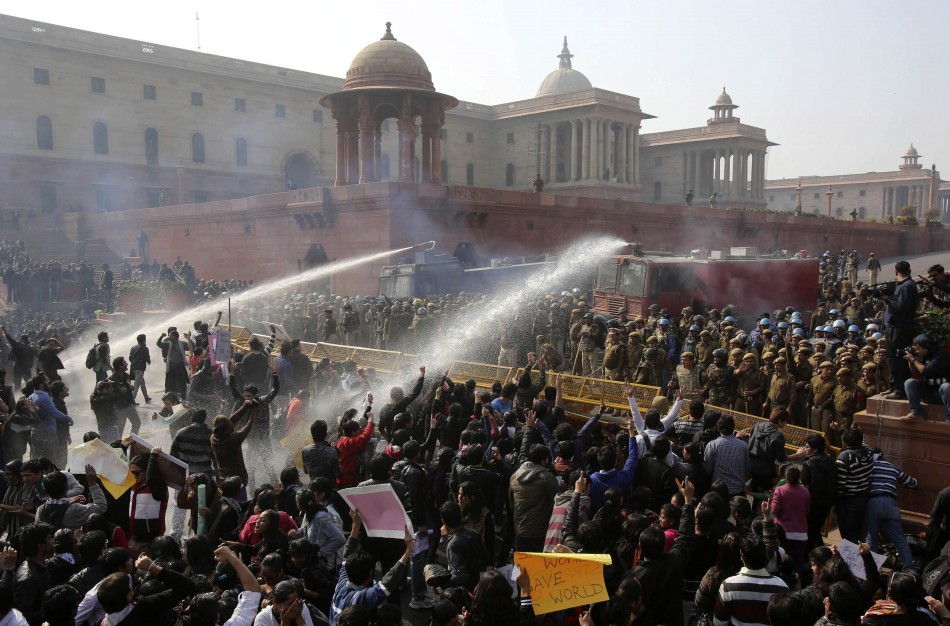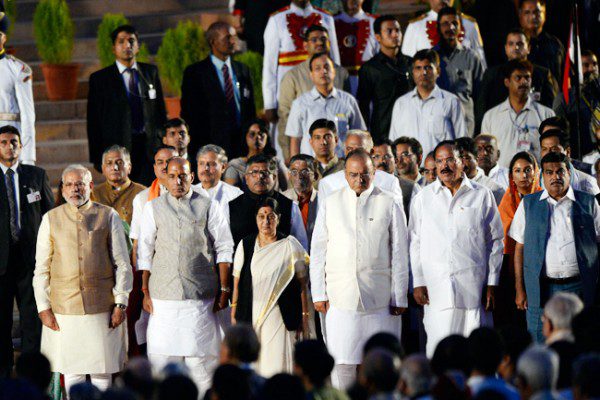“… I am an emotional creature; things do not come to me as intellectual theories or hard-shaped ideas.
They pulse through my organs and legs. And burn up my ears…
There is a particular way of knowing. It’s like the older women somehow forgot.
I rejoice that it’s still in my body…
I know that lipstick means more than show.
I know that boys feel super-insecure
And so-called terrorists are made, not born.
I know that one kiss can take away all my decision-making ability.
And sometimes, you know, it should.
This is not extreme.
It’s a girl thing.
What we would all be
If the big door inside us flew open.
Don’t tell me not to cry.
To calm it down.
Not to be so extreme.
To be reasonable.
I am an emotional creature.
It’s how the earth got made.
How the wind continues to pollinate.
You don’t tell the Atlantic Ocean, to behave…”
– Eve Ensler in I Am An Emotional Creature: The Secret Life of Girls Around the World
It would be hard to describe Eve Ensler’s fervour as it pulsed through her organs and burned up her ears on that cold Delhi evening; something snapped in the capital city, known for depressingly routine violence against women. The horrific murder preceded by gang rape and gruesome violence on a 23-year-old woman accompanied by her male friend, somehow managed to shake the somnolent denizens— not just in Delhi but in small towns and bastis across India— awake. Ensler and her “sister”, the indomitable Kamla Bhasin, her leg in a plaster, nearly exploded that night. “Something has broken and somewhere there is a breakthrough.”
It was not the enraged demand for “hanging the rapists” as it were. For that is exactly the kind of reactionary zeal some of our parliamentarians would revel in even if they describe the girl who fought a heroic battle for survival in the tinted-windowed bus as a zinda laash (living corpse). What overrides such extraordinary malevolence is the collective voice that has been heard in the last month, in candle-lit marches across middle-class locales in metros and nondescript towns across India. “Reclaim the night,” they said at the stop where she boarded the bus for the last time. “Let the women walk freely.” Amid this raucous and heart-warming cry came voices from Manipur where mothers once stripped outside the Assam Rifles headquarters. “Indian Army rape us,” they said after Thangjam Manorama Devi was brutally assaulted and raped allegedly by Assam Rifles personnel.
” A rapidly urbanising India is seeking protection for its women on the streets, the freedom to walk on the streets with the safety that the state, and the society should ensure and most importantly, liberty from barely concealed patriarchal expectations”
The fact that the Defence Ministry is still fighting against prosecution of the men who brutally raped and killed Manorama in a Special Leave Petition before the Supreme Court is symbolic of the complexity of the issue that is sought to be addressed by angry protestors in various towns and cities. As independent researcher Vijay K. Nagaraj tells us in the latest issue of the Economic and Political Weekly, the immediate aftermath of a heinous act of criminality is not always the most opportune time to introduce any significant change into the criminal justice system.
Lawyer/activist Flavia Agnes substantiates the same argument by citing the infamous ruling of the Supreme Court in the Mathura rape case in the late 1970s, which became the catalyst for a nationwide anti-rape movement. The SC had acquitted two policemen who raped a 16-year-old tribal girl inside the police station while on duty, on the ground that since there were no injuries on her body, the sex may have been consensual. To make matters worse, the court contended that since the girl had eloped with her boyfriend and was not a virgin, she could not have been raped.
“The campaign that followed resulted in bringing some changes in the archaic laws; the most significant being the mandatory minimum punishment of seven years which could extend to life imprisonment. It was perceived that it would have a deterrent value. But when we examine the graph of reported cases since 1983 (when the amendment was introduced), there is a steady increase in reported cases. It is obvious that the amendment has failed to act as a deterrent,” Agnes says.
These scholars warn against populism defeating purposefulness in institutional reforms. Instead of alarmist institutional responses like death penalty for the rapists, chemical castration, or even a publicly accessible registry of those convicted of sexual offences, something that the Union Home Ministry has been indicating of late (State Minister for Home RPN Singh in the Guardian: “We are going to start the process of identification in Delhi. Photos, names and addresses of rapists will be uploaded on the Delhi police website.”), it is far more fruitful to address chronic problems with basic policing, investigation and prosecution.
What Agnes would surely agree with is, that while the amendment following the Mathura rape case may not have acted as a deterrent, it would be difficult for a judge, at least of the Supreme Court, to repeat the performance of their former colleagues who delivered that infamous judgement. It is a small triumph considering the routine anti-women exclamations of a lot of our judicial officers. But even the slightest reluctance among the honourable justices in the Apex Court to curb their patriarchal instincts is a heartening change of attitude.
And this is where our sisters on the streets, their male friends and comrades-in-arms come into the picture. Institutional responses cannot and should not be driven in haste by angry protestors. What they can do is flag the issues that have been long buried by our smug, chattering classes and the disgustingly illiterate mass media. A rapidly urbanising India is seeking protection for its women on the streets, the freedom to walk on the streets with the safety that the state, and the society should ensure and most importantly, liberty from barely concealed patriarchal expectations – stay at home, close your legs and lower your voice; do not go out at night and especially with a man.
The entire country mourned the loss of this woman; the story of whose savage butchery by a group of men now has us discussing not just safety on the streets, but safety at home as well – the frequency with which the warm embrace of a family becomes a cage, often stories of unspeakable violence against daughters by their fathers, against sisters by their brothers and against little girls by uncles/friends/protectors. We are talking against patriarchy, freedom to love, liberty to wear what we want. Women and young girls in small towns want to wear jeans, speak English and hold hands with their boyfriends on the streets without having to fear men in buses with tinted windows or disapproving elders at home.
Does this discourse have a class bias? Are we not talking only of the girls-wanting-to-don-jeans and forgetting Manorama, Soni Sori and countless others in invisible India? But who is we? The young people on the streets have ushered in a new, unequivocally progressive discourse. And a plague on the house of those who talk of “India and Bharat”. The RSS chief talked about it at his own peril and some on the Left of our side are running the same risk. It is a moment to seize and behold, to pledge and fight. The plight of a young girl has struck a deep chord. This is the time to talk about Manorama and Soni Sori. Of sexual violence against Muslim women in Gujarat in February/March, 2002 and the terror, as film-maker Rahul Roy so beautifully phrased, clad in saffron and khakhi. Patriarchy is facing a new, pulsating force. For those who sit astride political vehicles, it is time to speed up and start racing.


